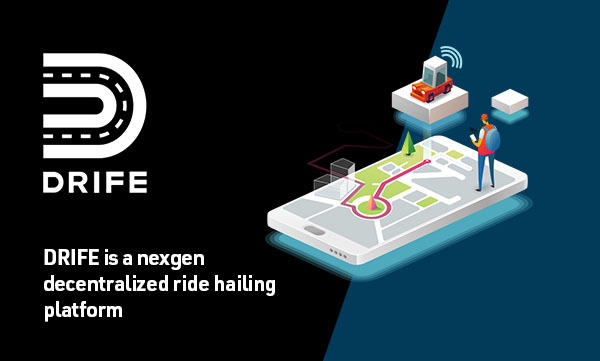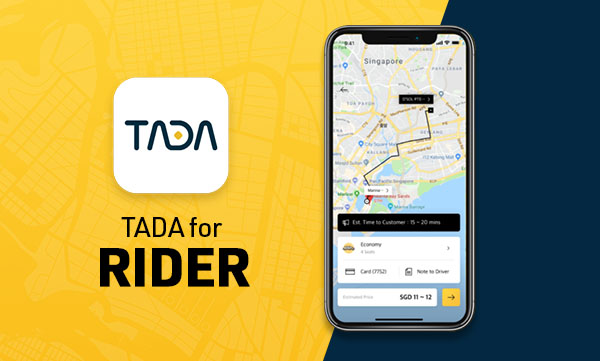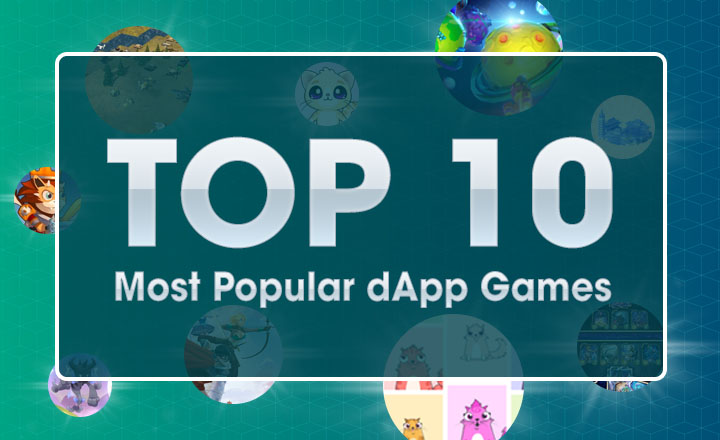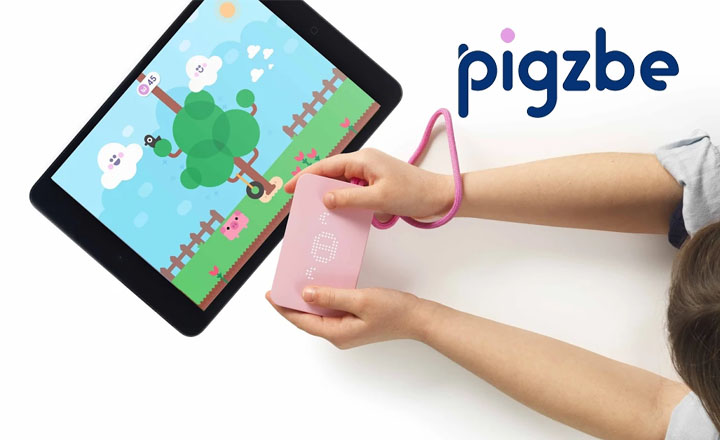5 Ride-Sharing Blockchain Platforms You Should Check Out
In 2009, the world introduced a ride-hailing service called Uber. The application opened people’s eyes to a more convenient mode of transportation. Years later, ride-hailing competitors such as Lyft, Grab, and Didi have risen.
All of these platforms are by centralized companies which allow their platform to be limited in terms of security, profit, and transparency. When ride-hailing apps are put on blockchain, riders and drivers no longer need to worry about these limitations.
Riders and drivers need not fret about the mystery of identity as blockchain technology provides a transparent system for the platform’s transactions. Also, because these decentralized networks do not provide a third party, all of the drivers’ fares are theirs to keep.
There are a couple of decentralized ride-sharing platforms that are already available for riders and drivers alike. Cities such as London, Singapore, Tel-Aviv, and California have started operating with blockchain ride-hailing platforms. Here are five decentralized applications that are gearing toward solving the shortcomings of centralized ride-hailing platforms:

Further information about these platforms:
1| DRIFE
DRIFE is powered by the EOS blockchain. It has the intention to empower both drivers and commuter by solving the current issues of the centralized business. The platform’s system wishes to eliminate excessive transaction fees, redistribute community value, reduce censorship, return community governance, and enhance transparency.

Drivers can be a DRIFE partner by introducing other drivers to DRIFE and forming a social community. DRIFE partners gain individual income without any commission. As a blockchain-powered platform, all transactions are recorded on an indelible ledger with a user-friendly interface. The ledger will include all the information about one’s journey, reviews and feedback, driver details, and fare calculations.
2| TADA
Exclusively operating in Singapore, TADA is powered by MVL or Mass Vehicle Ledger, a blockchain-based ecosystem in which participants provide accurate and transparent transportation data. TADA aims to connect drivers and passengers with trust. TADA rewards drivers for their safe and friendly service while passengers are rewarded for their accurate usage reviews.

For TADA drivers, there are no commissions as TADA takes none of it apart from debit/credit card transaction fees. There is also an advanced and personalized match system in which more riders can be matched to a driver. Drivers can also enjoy seamless rider pickup service, easy access information operation, and driver incentives.
For TADA riders, matches are made with zero stress even during rush hours or bad weather. There are also features such as easy payment methods, careful review management, and rewarding feedbacks.
3| Chasyr
Chasyr is a California-based ride-sharing startup that allows riders to choose who they would want to ride with. Uber automatically matches passengers with its drivers, leaving the rider and driver with no choice. With Chasyr, riders are given a breakdown of their potential driver’s history before requesting a ride. Meanwhile, drivers can also see the passenger’s information before they decide to accept the request.
Developers of Chasyr benefit from the token-based system. Riders need to buy tokens or Chasyr Credits from Chasyr for them to be able to request a ride. With this, drivers can create transactions with cryptocurrency.
4| DACSEE
DACSEE claims that it is the “first social ridesharing platform” which means that it is both a ridesharing and social media platform. One can book a ride within a community of riders and drivers and connect with like-minded people.
Eliminating the problems of centralized ridesharing platforms, DACSEE aims to improve the way people ride, drive, and socialize. DACSEE allows its users to become a Rookie Driver, be monitored by a Trip Companion, enjoy lifetime rewards, and create Social Community Groups.
5| DAV
DAV is a decentralized peer-to-peer transportation services system that allows anyone to put their own vehicles on the network. It provides a ride-hailing service using blockchain which means there is no middleman gaining revenue.
One can also charge their bikes or scooters and earn DAV Token by allowing other people to use their light vehicle in wandering around the city. The DAV Network also allows decentralized manned deliveries in which anybody can send and receive packages on the blockchain. Other than cars and bikes, DAV also provides autonomous drone deliveries and carriers.
These are five examples of decentralized ride-sharing platforms. With more and more people realizing the problems of a centralized network, blockchain innovations such as these will continue to grow and rise in the industry.







